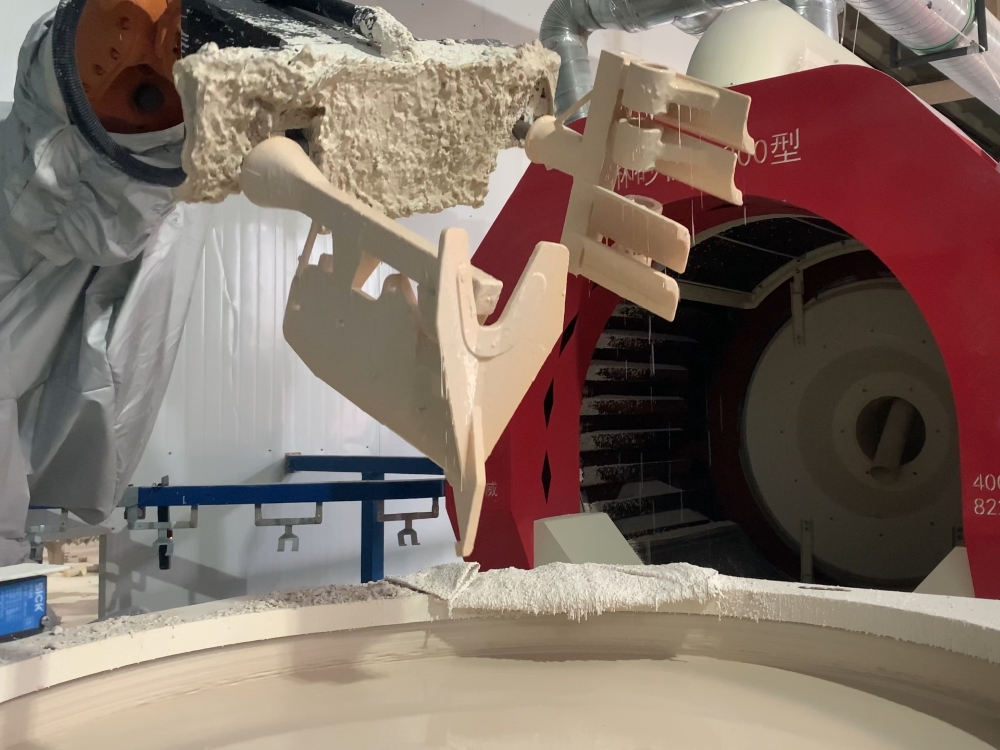
Privacy statement: Your privacy is very important to Us. Our company promises not to disclose your personal information to any external company with out your explicit permission.
Sculptors and metalworkers alike uncover hidden beauty within raw materials, as Michelangelo famously noted. lost wax casting and Forging, ancient techniques, epitomise this artistry, shaping metal into intricate forms. Lost wax casting excels in precision, crafting detailed shapes from molten metal in wax moulds. Forging, conversely, emphasizes strength, compressing metal to enhance durability. Understanding the nuances of each method is crucial for informed decision-making in metalworking projects


Forging, a time-honoured method of shaping metal, remains a cornerstone of manufacturing. It involves compressive forces to shape metal, typically with a hammer or die. Materials range from steel to titanium, chosen for specific properties like strength and ductility. Used in automotive, aerospace, and construction, forging excels in producing high-strength components like forged shafts, crankshafts and gears. Its key strength lies in enhancing metal durability and toughness through grain alignment. However, forging may not suit intricate shapes and requires subsequent machining, which can increase costs and time.
April 03, 2024
Stainless steel investment casting has become an integral part of various industries due to its superior strength, corrosion resistance and versatility. As a leading provider of stainless steel...
In the world of metal casting, understanding the distinct properties and applications of different iron alloys is crucial for selecting the right material for specific manufacturing needs. Ductile...
In the high-stakes realm of advanced manufacturing, superalloys stand out as the cornerstone of innovation, especially in sectors where exceptional material strength and resistance at extreme...
Investment casting, also known as precision casting, is a favored process for creating high-precision and complex metal components across various industries. The technique primarily involves creating...
Email to this supplier

Privacy statement: Your privacy is very important to Us. Our company promises not to disclose your personal information to any external company with out your explicit permission.

Fill in more information so that we can get in touch with you faster
Privacy statement: Your privacy is very important to Us. Our company promises not to disclose your personal information to any external company with out your explicit permission.